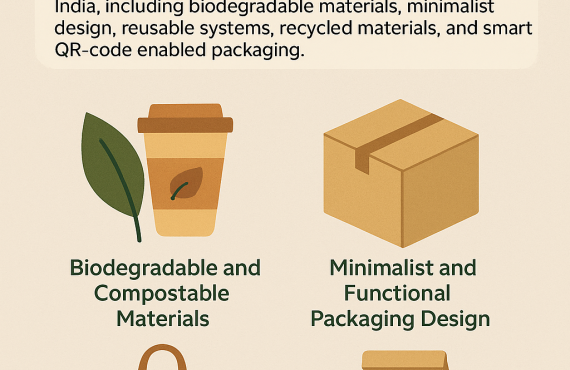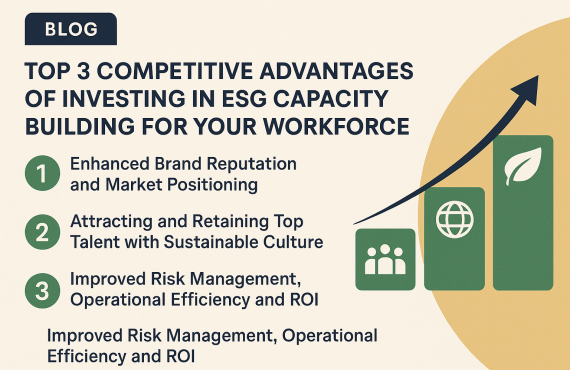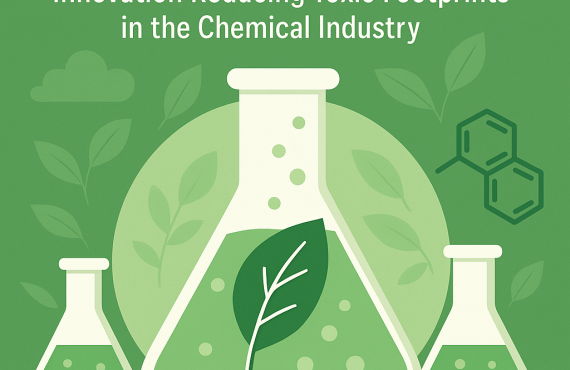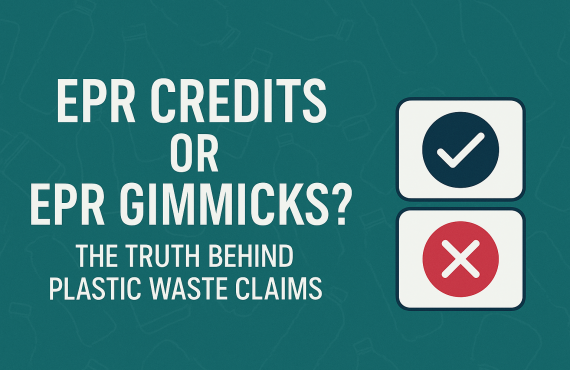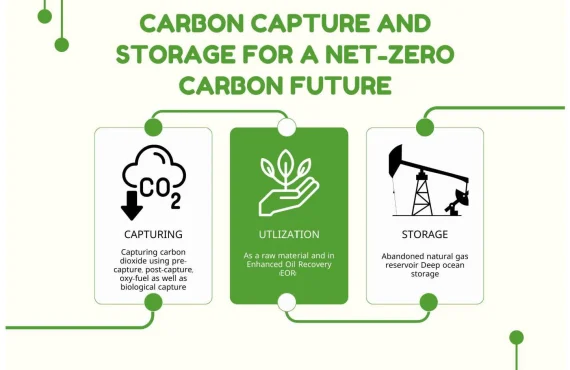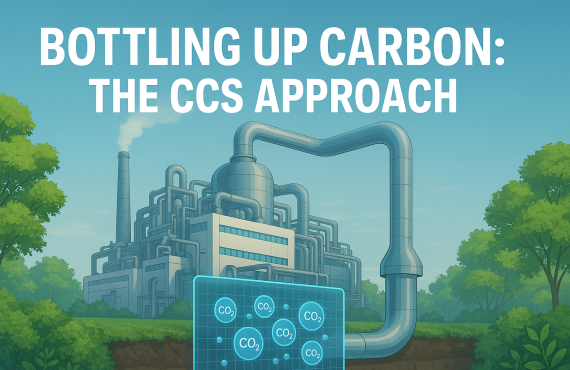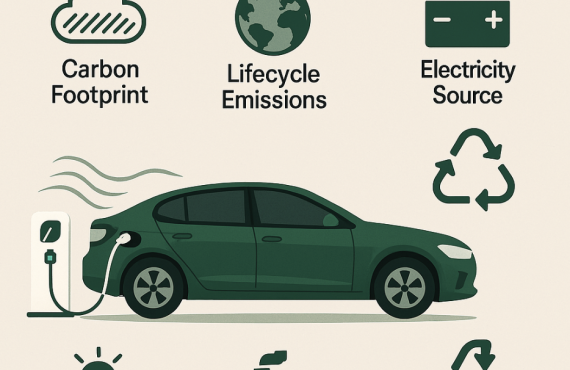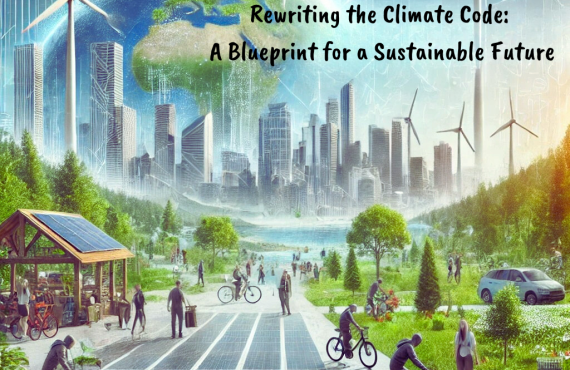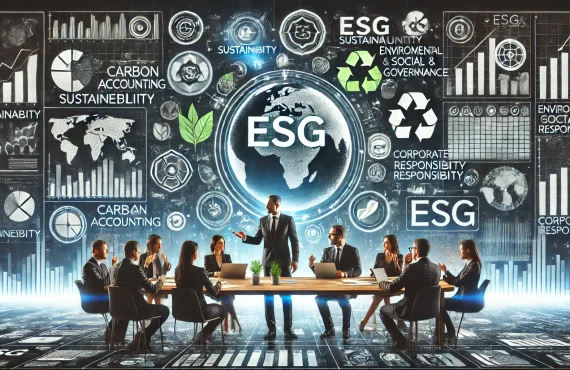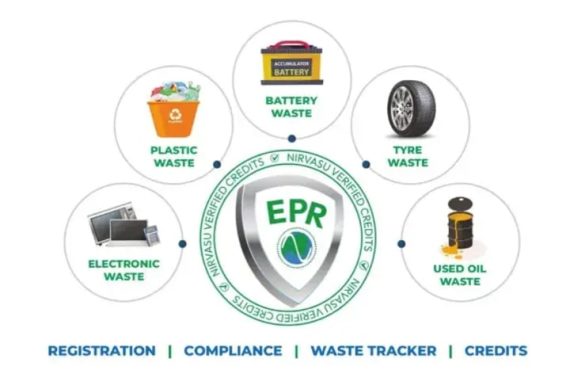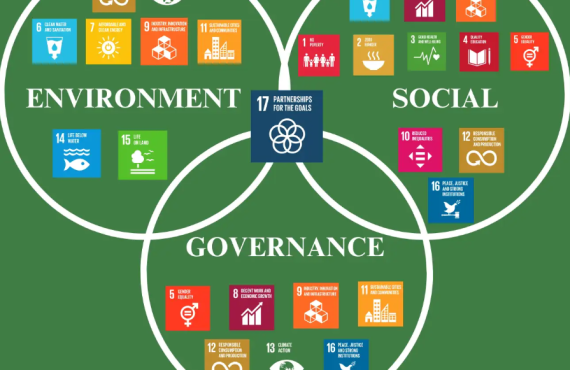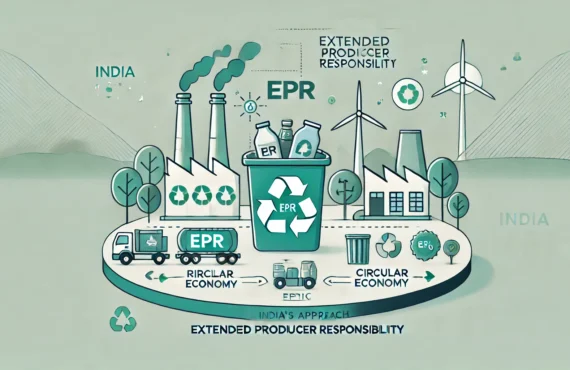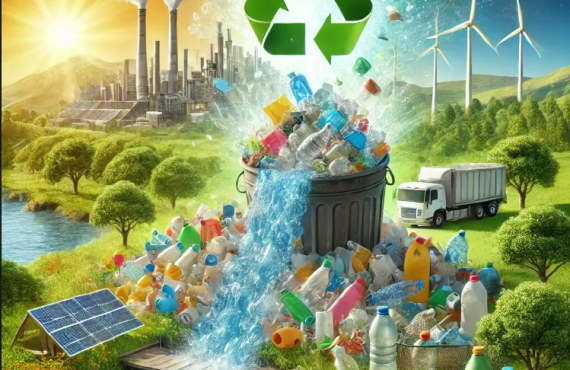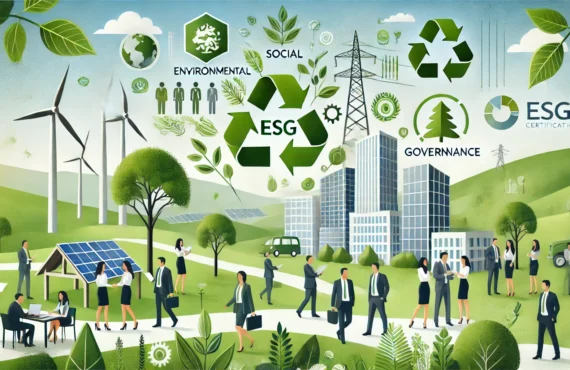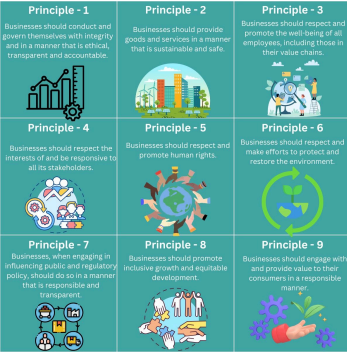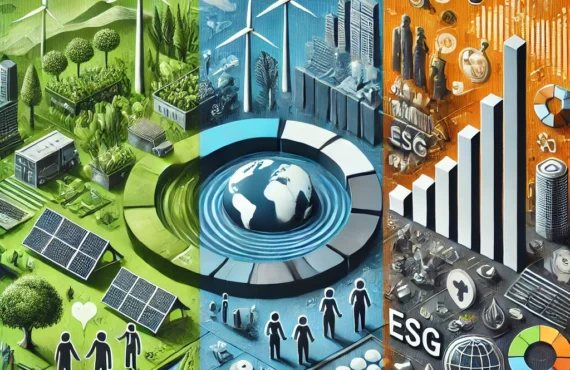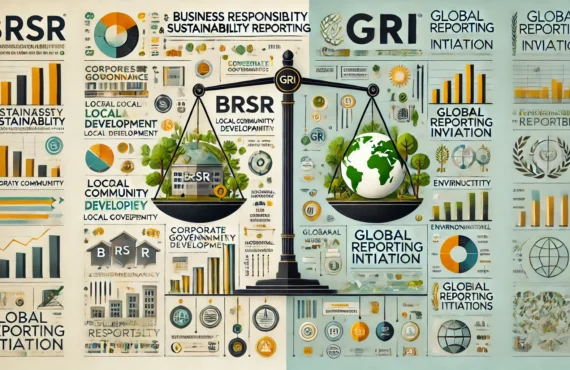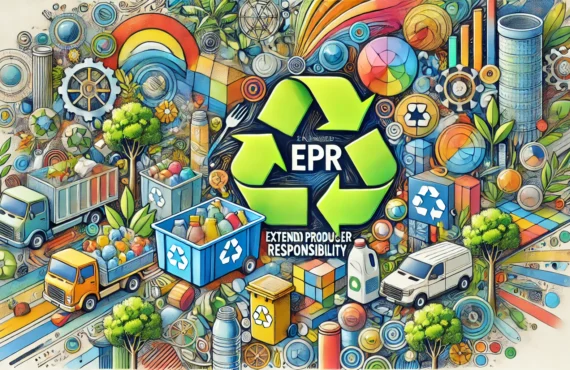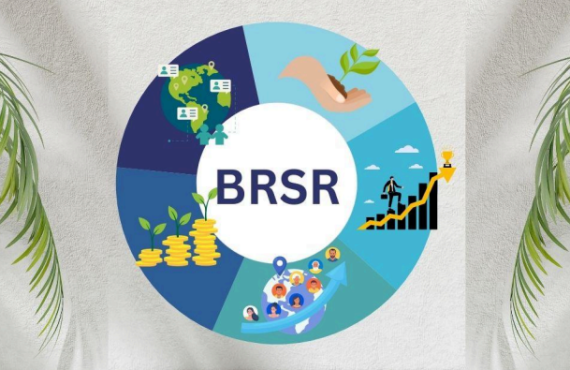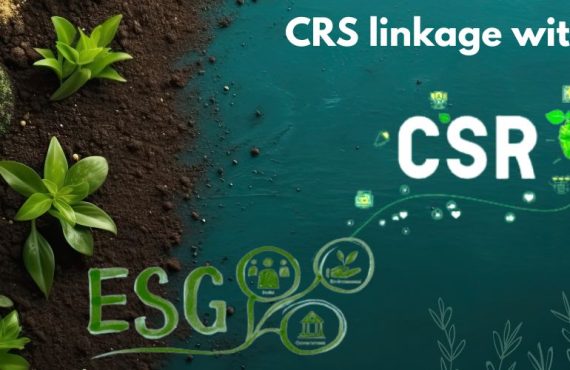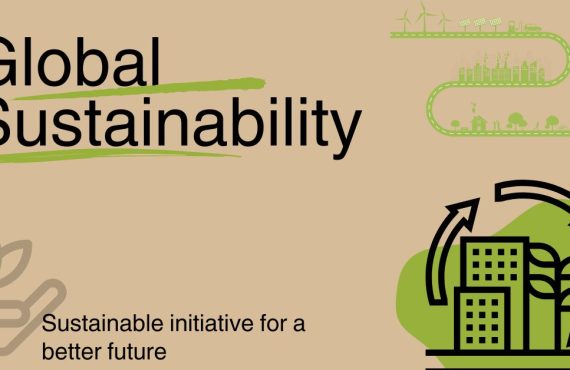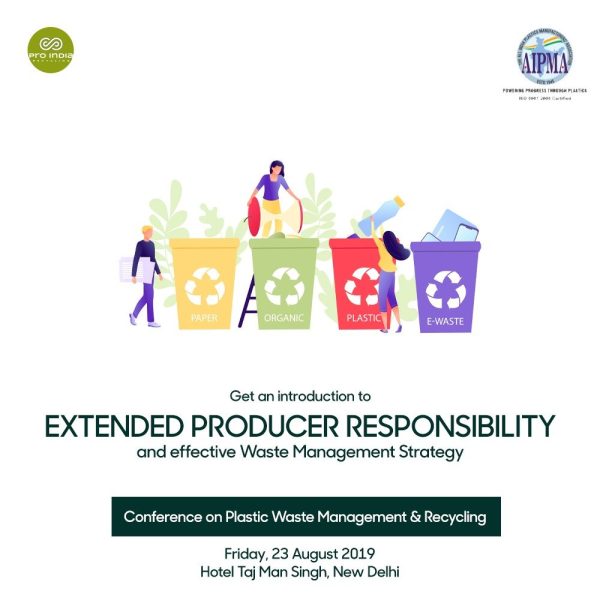Carbon Markets: Trading Solutions or Just Greenwashing?
In an era of heightened awareness about climate change, carbon markets have emerged as a potential solution for reducing global emissions. But as the urgency to combat climate change increases, questions arise about the true effectiveness of these markets. Are carbon markets a legitimate trading solution that can help us meet our net-zero targets, or are they just another form of greenwashing, allowing companies to appear sustainable without making real changes? In this blog, we will explore the role of carbon markets, their potential benefits, and the concerns surrounding their implementation, particularly in relation to compliance, sustainability reporting, and plastic waste management.
1. Understanding Carbon Markets and Their Role in Climate Change
- What are Carbon Markets?
- Systems for buying and selling carbon credits to offset emissions.
- Credits represent a reduction or capture of greenhouse gases (GHGs).
- Purpose of Carbon Markets
- Provide a financial incentive for businesses to reduce emissions.
- Support global efforts to mitigate climate change by funding environmental projects.
- Concerns and Criticisms
- Potential for greenwashing, where companies use credits without reducing actual emissions.
- Questions about the real effectiveness of certain offset projects (e.g., reforestation, renewable energy).
2. The Intersection of Compliance, Audits, and Sustainability Reporting
- Regulations and Compliance
- Companies must follow national and international regulations when participating in carbon markets.
- Compliance ensures that carbon credits are legitimate and traceable.
- Audit Systems
- Third-party audits verify whether carbon credits correspond to real emission reductions.
- Auditing ensures transparency and helps prevent greenwashing.
- Sustainability Reporting
- Frameworks like BRSR and GRI enable companies to disclose their environmental impacts and actions.
- Reporting standards help increase accountability and transparency.
- Allows stakeholders to assess whether companies are truly addressing sustainability or just appearing compliant.
3. How EPR and Plastic Waste Management Fit into the Circular Economy
- What is Extended Producer Responsibility (EPR)?
- EPR mandates that producers are responsible for the end-of-life management of their products.
- Ensures that producers contribute to recycling and waste management solutions.
- Circular Economy Principles
- Focuses on reusing, recycling, and reducing waste.
- Supports sustainable production and consumption by minimizing the use of new resources.
- Plastic Waste Management
- Carbon markets can support plastic credits to fund plastic waste reduction projects.
- EPR is crucial to ensuring that companies manage their plastic footprint and are incentivized to contribute to a circular economy.
- Linking Plastic Waste to Carbon Markets
- Plastic credits can be used to offset the carbon emissions from plastic production.
- These credits fund projects like recycling and plastic waste cleanup.
4. Are Plastic Credits and Greenwashing the Same?
- What are Plastic Credits?
- Similar to carbon credits but for plastic waste.
- Businesses can purchase plastic credits to offset their plastic footprint.
- Greenwashing Concerns with Plastic Credits
- Some businesses may continue excessive plastic production while using credits to claim they are sustainable.
- If verification processes are weak, plastic credits can become a tool for greenwashing rather than making a real environmental impact.
- Ensuring Credibility of Plastic Credits
- Strong verification systems are necessary to ensure that plastic credits are funding legitimate, effective waste management programs.
- Transparency and traceability in plastic credit projects are key to preventing abuse and ensuring genuine sustainability.
5. The Need for Reforms: Can Carbon Markets and Plastic Credits Be More Effective?
- Reforming Carbon Markets
- Stricter standards and regulations are needed to prevent abuse and greenwashing.
- Enhanced verification processes to ensure carbon credits represent real, measurable emissions reductions.
- Integrating Plastic Waste and Circular Economy Principles
- Carbon markets should include plastic waste management projects and align with EPR principles to reduce plastic pollution.
- Encouraging industries to adopt circular economy practices would make carbon markets more holistic and impactful.
- Adopting Better Sustainability Reporting
- BRSR and GRI standards should be more widely adopted to ensure that companies are held accountable for their environmental claims.
- Transparency in reporting is essential for preventing companies from using carbon credits and plastic credits as a mere marketing tool.
6. Conclusion:Are Carbon Markets a Viable Solution or Just Greenwashing?
- Potential of Carbon Markets
- Carbon markets could play a crucial role in reducing global emissions and combating climate change.
- However, without proper regulation and transparency, they can be used for greenwashing, allowing businesses to avoid meaningful action.
- The Role of Plastic Waste and Circular Economy
- Integrating plastic credits and EPR into carbon markets can make these systems more effective in addressing broader environmental issues like plastic pollution.
- The Path Forward
- Reforms to carbon markets, stricter compliance mechanisms, and comprehensive sustainability reporting are needed to ensure these markets contribute to genuine environmental progress.
- Reforms to carbon markets, stricter compliance mechanisms, and comprehensive sustainability reporting are needed to ensure these markets contribute to genuine environmental progress.




